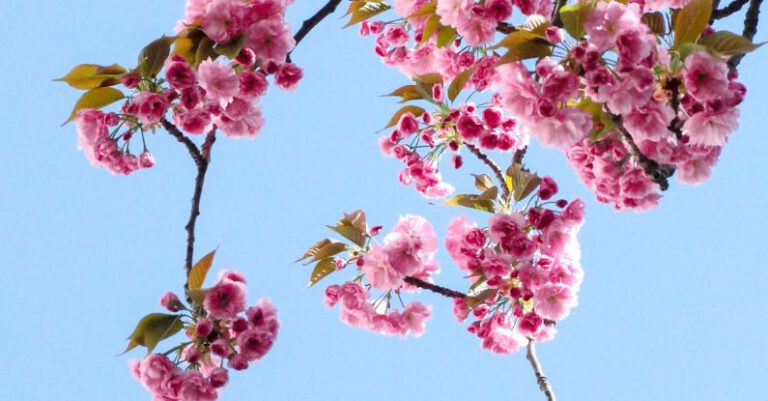How Can You Create a Cohesive Color Palette in Your Garden?
Creating a cohesive color palette in your garden is essential for achieving a harmonious and visually appealing outdoor space. A well-thought-out color scheme can tie together various elements of your garden, from flowers and plants to hardscape features like furniture and pots. By carefully selecting colors that complement each other, you can create a cohesive and inviting atmosphere that enhances the overall beauty of your outdoor area.
**Choosing a Dominant Color**
When planning your garden’s color palette, start by selecting a dominant color that will serve as the primary hue throughout the space. This dominant color will set the tone for your garden and help establish the overall mood you want to create. Consider the style of your home and the existing colors in your outdoor space when choosing a dominant color. Opt for a shade that complements the exterior of your house or contrasts with it to create visual interest.
**Adding Complementary Colors**
Once you have chosen a dominant color, it’s time to incorporate complementary colors to add depth and dimension to your garden. Complementary colors are hues that are opposite each other on the color wheel, such as blue and orange or purple and yellow. By including these contrasting colors in your garden design, you can create a dynamic and visually stimulating environment that captures the eye.
**Considering Seasonal Changes**
When selecting colors for your garden, it’s important to consider how these hues will change throughout the seasons. Different flowers and plants bloom at different times of the year, so your garden’s color palette may shift with the changing seasons. Choose a mix of annuals and perennials that will bloom at different times to ensure that your garden remains vibrant and colorful year-round. Additionally, you can incorporate evergreen plants or hardscape elements in neutral tones to provide a consistent backdrop for seasonal blooms.
**Creating Balance with Neutrals**
Incorporating neutral colors into your garden design is essential for creating balance and harmony. Neutral colors like white, beige, and gray can help to soften bold hues and provide a sense of cohesion to your color palette. Use neutrals for elements like garden furniture, pathways, and containers to create a sense of unity throughout your outdoor space. Neutral colors also help to highlight the vibrant hues of your flowers and plants, allowing them to stand out and shine.
**Experimenting with Textures**
In addition to color, textures play a crucial role in garden design. Mixing different textures can add depth and visual interest to your outdoor space, creating a more dynamic and engaging environment. Incorporate plants with a variety of foliage textures, such as glossy leaves, feathery fronds, or spiky succulents, to create contrast and intrigue. You can also experiment with different materials for hardscape elements, such as stone, wood, or metal, to add texture and detail to your garden design.
**Maintaining Cohesion**
To maintain a cohesive color palette in your garden, it’s important to regularly assess and adjust your design as needed. Keep an eye on how your plants are growing and blooming, and make changes to your color scheme as necessary to ensure that your garden remains balanced and harmonious. Consider adding or replacing plants to fill in gaps or introduce new colors that complement your existing palette. Regular maintenance and care will help to keep your garden looking its best and ensure that your color scheme remains cohesive over time.
**Crafting a Colorful Oasis**
By carefully selecting and coordinating colors in your garden, you can create a vibrant and cohesive outdoor oasis that reflects your personal style and enhances the beauty of your home. From choosing a dominant color to adding complementary hues and experimenting with textures, there are many ways to create a visually stunning garden that will delight the senses and provide a peaceful retreat for you to enjoy. With a thoughtful approach to color and design, you can craft a colorful outdoor space that will bring joy and inspiration to your daily life.






